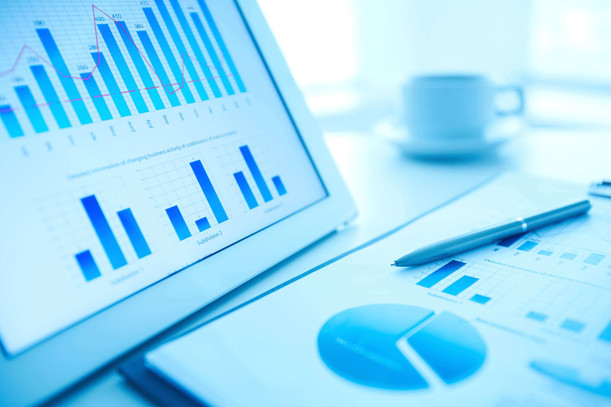The importance behind measuring your performance when it comes to Forex trading relies on how much you want to learn about your trading results and potential aspects that you can improve.
If you are a regular trader, you probably already know how to measure your profits and losses accurately. If not, then read on and find out the basic ways for how to measure the performance of your trades.
Many traders start their ways doing it all wrong. It is never too late to learn how to do it right.
Percentages, Pips, or Dollar amount for measuring your trades?
The following three approaches are the most commonly used by traders for measuring their winning and losing trades.
· Percentages
With this method, the main focus of the trader is on the percentages of his total account size that he is winning or losing on each trade.
Percentage based rules are especially common for risk management and placing stops. For example, the 2% rule is the most common risk management trading tool, and it basically states that no trader should risk more than 2% of his total account on any individual trade. Of course, different traders may choose different percentages they are willing to risk per trade based on their risk preferences.
The main point with this approach as that the trader sticks with that risk percentage no matter what. The main idea behind these methods is that as a trader wins, they will increase their position size in a proportional way to the growth of their account size.
However, such a money management strategy has a compounding effect amplifying things in both directions - both when the account size is growing after a string of winners but also when the account size is shrinking due to a string of losses.
For example, 2% of a smaller account balance after a series of losing trades is less in nominal terms than the initial account balance. This means that the trader will have to decrease his positions in such situations, which makes it slower to win back the lost amount.
Such an approach surely may be beneficial to some traders, but at the same time, it is not the right one for everyone.
· Pips or points measuring
This method is all about focusing on pips or points gained or lost per trade. Some traders prefer this method because it helps them to avoid getting emotionally involved with the trade because of focusing too much on the money that is at stake.
But that is about as much as this approach can do. And OK, it can also be useful when measuring trading performance in a completely objective manner such as when you want to compare trading strategies that were traded on accounts with hugely different sizes. For example, an account with 5,000 USD and 100,000 USD may have the same performance in pips, but the actual money involved will be much greater on the bigger account. Nonetheless, the fact that the strategies have the same performance in pips means that they are equally good despite the large difference in Dollar terms.
With that said, any further than this, focusing too much on the pips or points won or lost on each trade doesn’t make much sense. After all, traders are in the business of making money, and while pips are definitely a part of the story, they are not the whole story. The account balance will grow only when the pips are matched with the right position size to produce controlled risk and also a good potential for the account to grow at the same time.
· Fixed Dollar Amount
This method is about predetermination of how much money you are comfortable with putting at stake with each trade, regardless of the recent changes and fluctuations of your account balance. Of course, traders usually will adjust this fixed Dollar amount (or Euro, Sterling or any other currency) from time to time as their accounts grow or decrease in size, but it is not part of the rule. The money amount placed on each trade is entirely subjective and up to each trader to decide what amount he/she is comfortable with.
While this approach is most loosely based on rules, many traders prefer it and use it often because it is convenient and lets them ultimately decide how much they are willing to stretch their pockets. Of course, that doesn’t mean that traders can’t combine this approach with the previous two and take the best of all three.
Conclusion
There is a great deal of debate among traders for which one of those three is the right approach. They all have their use in different situations and would probably be best suited for different cases.
Some traders who prefer to have every aspect of their trading clearly defined may like the percentage-based approach, but as we said, it clearly has its disadvantages. Traders who like convenience and more flexibility, on the other hand, would probably prefer some form of a monetary amount approach to measuring their traders.





